India is a land of diverse culture and religion. With each faith leaving its mark on the land’s ancient history. One of the lesser-known religions in India is Jainism. A faith that is deeply rooted in the country’s culture and traditions. Jainism is one of the oldest religions in India. Jainism has a strong spiritual philosophy that emphasizes non-violence, self-control, and compassion. So what is Jainism? In this article I will take a closer look at Jainism, its beliefs, rituals, practices and explore some of the remarkable Jain temples across India.

Table of Contents
Intro to Jainism?
Jainism is a path of self-realization that teaches us to look beyond our self-interest and seek a deeper understanding of the world around us. The Jain philosophy believes in the existence of an eternal soul that passes through numerous lifetimes, each allowing us to learn and grow. The goal of Jainism is attaining ‘moksha’ or liberation from the cycle of birth and rebirth by achieving a state of purity, knowledge, and enlightenment.
Ahimsa
Ahimsa is an ancient Indian term that means ‘non-violence’ or ‘non-harm’. It’s a principle of Jainism, Buddhism and Hinduism that was popularized by Mahatma Gandhi during India’s freedom struggle. Ahimsa professes the ideology that all beings, including humans, animals, and plants, deserve respect, kindness, and compassion. Violence against any being should be avoided in thoughts, words, and deeds. Ahimsa propounds the concept of love for all beings and peaceful coexistence with nature. Jains follow a vegetarian lifestyle and carry a broomstick to sweep away insects from their path to avoid harming them accidentally.

Significance of Ahimsa in India
Ahimsa is a cherished value in India that’s relevant not only in the spiritual sphere but also in other aspects of life. Ahimsa has deep roots in India’s culture and history. Numerous Indian festivals, such as Diwali, Holi, and Navaratri promote the message of Ahimsa by emphasizing respect and love for all beings. Ahimsa is also reflected in traditional Indian medicine Ayurveda. Herbs and plants are used to cure ailments, rather than causing harm to animals for medical experiments.
Ahimsa also played a key role in India’s freedom struggle. Mahatma Gandhi was a strong believer in Ahimsa. He employed it as his weapon to fight against British rule. Gandhi’s Ahimsa campaign was embraced by millions of Indians, and it led to the ultimate independence of India.
Implementing Ahimsa when travelling
Travellers visiting India can incorporate Ahimsa in their travel, not only to immerse themselves in the spiritual culture of the country but also to respect and appreciate all beings. Here are some ways you can implement Ahimsa during your travel:
- Choose eco-friendly accommodation that fosters sustainability
- Support animal welfare organizations by visiting animal sanctuaries and avoiding animal circuses or elephant rides
- Be mindful of consumption habits and opt for cruelty-free and plant-based food options
- Support artisans who use sustainable and natural materials in their craft
- Practice yoga and meditation to enhance mindfulness and inner peace
Ahimsa tourism is an emerging travel trend in India that involves exploring spiritual and ethical tourism. Travellers are increasingly attracted to eco-tourism and ethno-tourism that focuses on preserving India’s rich cultural and natural heritage. Ahimsa tourism provides visitors with an opportunity to explore India’s heritage and spirituality and learn more about the country’s unique philosophy.
Reading suggestion: How to get around in India as an eco-conscious tourist
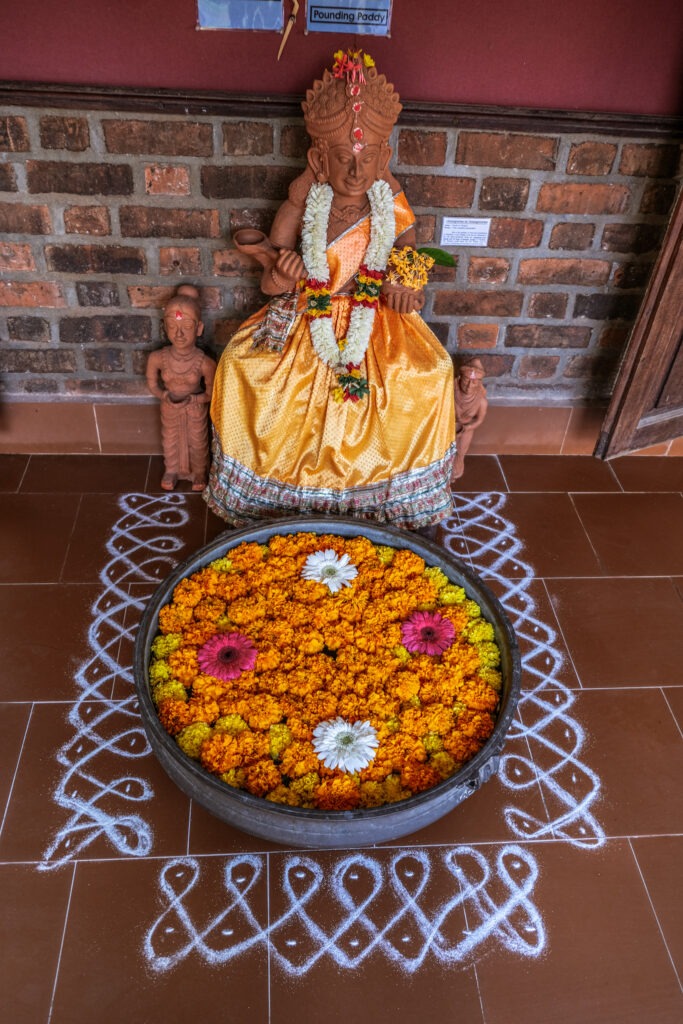
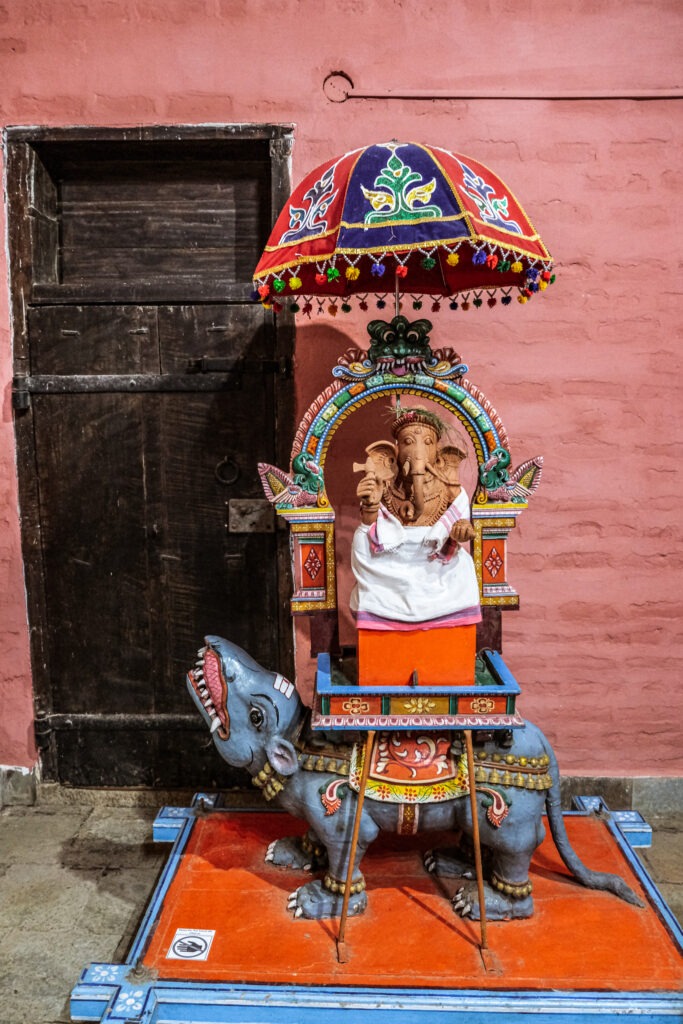
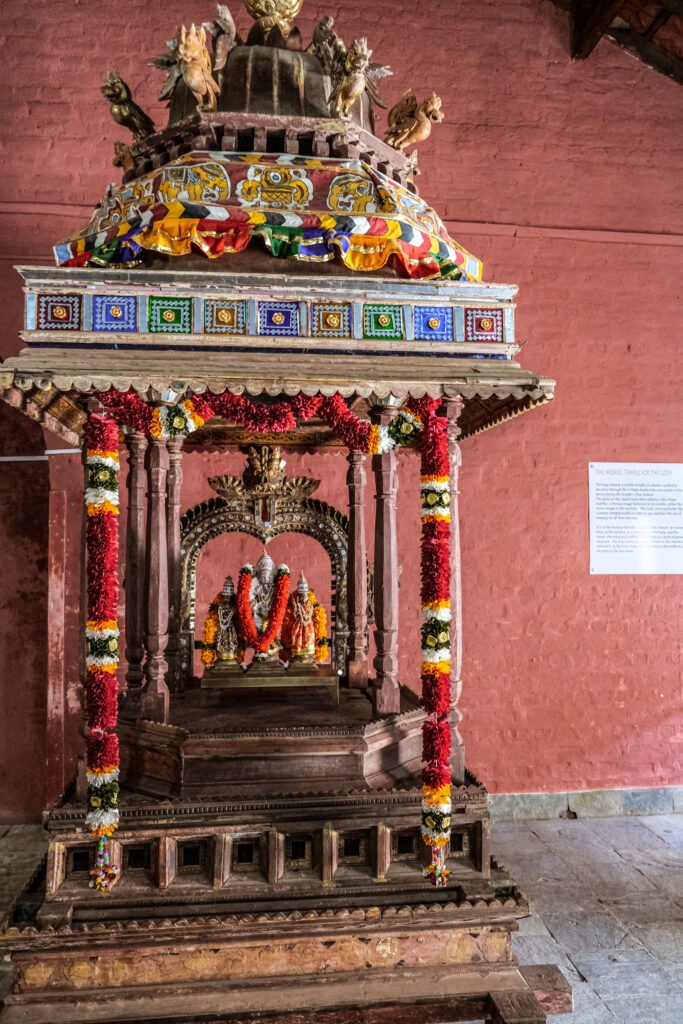
Who are Tirthankaras?
Tirthankaras are religious preceptors who have attained the highest level of spiritual enlightenment. There are twenty-four Tirthankaras recognized in the Jain tradition, starting with Lord Rishabha and the most recent being Lord Mahavira. The word Tirthankara means “ford-maker,” which refers to their ability to guide their followers across the ocean of life and death.
The Tirthankaras are considered to be divine beings and spiritual gurus, who have attained supreme knowledge and eternal bliss. They have shown the path to liberation to others. Their teachings encourage the idea of non-possession, non-violence, and non-attachment.
The symbolism of Tirthankaras
Every Tirthankara is depicted with unique symbols in Jainism. According to the Jain tradition, these symbols represent the teachings and characteristics of each Tirthankara. For instance, Lord Rishabh, the first Tirthankara, is represented by a bull, which symbolizes his strength. Lord Parshvanath’s symbol is a snake, which represents his ability to control and endure pain.
The importance of Tirthankaras
The teachings of Tirthankaras focus on inner spirituality and non-violence. By practicing these teachings, one can achieve spiritual enlightenment and liberation. Tirthankaras guide people towards compassionate living and encourage the elimination of violence, hatred, and negative emotions. Furthermore, their teachings urge followers to practice renunciation and self-control so that one can overcome the cycle of birth and death.
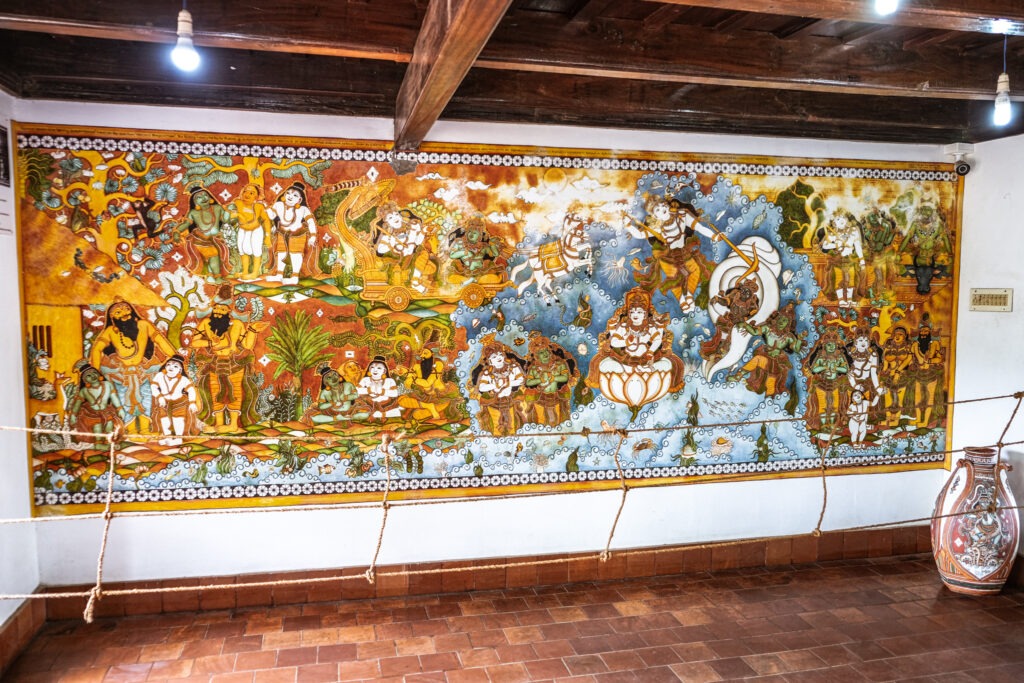
Navkar Mantra
Jainism has unique rituals and practices that distinguish it from other religious faiths. For example, Jains follow the practice of Navkar Mantra. A chant that honours and pays respect to the five things that contribute to our well-being: Gurus, Jain sages, fellow Jains, teachers of other religions, and all forms of life. The Jain religion also celebrates several important festivals, such as Paryushana. It is an eight-day celebration that emphasizes self-reflection and the study of religious texts.
Temple architecture
Jainism has some of the most extraordinary temple architecture in India. Jain temples are characterized by intricate carvings, stunning artwork, and elaborate designs. One of the most famous Jain temple complexes is the Dilwara Temples in Mt. Abu, Rajasthan. It is known for its stunning architecture, intricate carvings, and elaborate designs. Another temple worth visiting is the Palitana temple complex in Gujarat, a cluster of 850 temples on top of Shatrunjaya Hill.
Asceticism
The practice of asceticism in Jainism stems from the belief that attachment and passion to material possessions and desires lead to suffering. Jain ascetics renounce the world and its material comforts and devote their lives to spiritual pursuits. They follow a strict lifestyle, adhering to a set of principles called the Five Great Vows, which are Ahimsa (non-violence), Satya (truth), Asteya (non-stealing), Brahmacharya (celibacy), and Aparigraha (non-possession or non-attachment).
Jain ascetics live a frugal life, with no possessions except for a few basic necessities such as a robe, a bowl, and a walking stick. They follow a strict diet, avoiding all foods that involve killing or harming any living beings. Including root vegetables, and fruits with seeds. Ascetics practice meditation, hold fasts, engage in self-discipline and other amends. All of which help them attain spiritual purity and self-realization.
Jain ascetics have two types: Digambara and Svetambara. In Digambara, which means the sky-clad or naked ones. The ascetics wander naked, as they believe that clothing is a form of possession. It may cause harm to living beings if they inadvertently crush tiny organisms while walking or sitting. In the Svetambara tradition, the ascetics wear white clothes, covering their bodies as they believe that nudity is inappropriate in public and that non-attachment can be practised even while wearing clothes.
The Jain philosophy teaches that asceticism is not an end in itself but a means to achieve spiritual purity and liberation from the cycle of birth and death. The path of asceticism can lead to the attainment of the ultimate goal, moksha, which means the liberation of the soul from the cycle of birth and death. For Jain ascetics, this is the ultimate aim of life.

Karma
Karma is a Sanskrit word that stems from the root verb ‘kr,’ which means ‘to act’. In Jainism karma represents all the actions and deeds that an individual performs in their life. It includes both physical and mental activities. Jainism believes that every action has repercussions, and these repercussions have the power to shape the course of one’s future lives. Karma is not a punishment or a reward, but it is a way to balance and maintain the universal order.
Types of Karma in Jainism
In Jainism, there are two types of karma: good karma and bad karma. Good karma is the result of performing virtuous actions, such as practicing compassion, non-violence, and helping others. Bad karma is the result of committing sinful acts, such as lying, stealing, violence, and harming living beings. It is said that karma sticks to the soul and accumulate over time. The accumulation of good or bad karma determines the next life of an individual.
The role of karma in Reincarnation
Reincarnation is another fundamental belief in Jainism, and it states that the soul is reborn after death in a new body. The soul carries the consequences of its past actions, which means that the karma of one’s past lives determines the circumstances of their new lives. Karma acts as a bridge between the current life and the next life, as it influences the soul’s destination in the next life. The goal of Jainism is to attain liberation from the cycle of birth and death, which can only be achieved by attaining a state of pure consciousness that is free from karma.
How to build good karma in Jainism
Jainism teaches individuals to lead a life that is filled with virtuous actions. It can help them build good karma. Practicing meditation, self-reflection, and studying the teachings of Jainism can also help individuals build good karma. The aim is to perform every action with pure intentions and to avoid harming any living being, which can lead to a life of peace and prosperity.
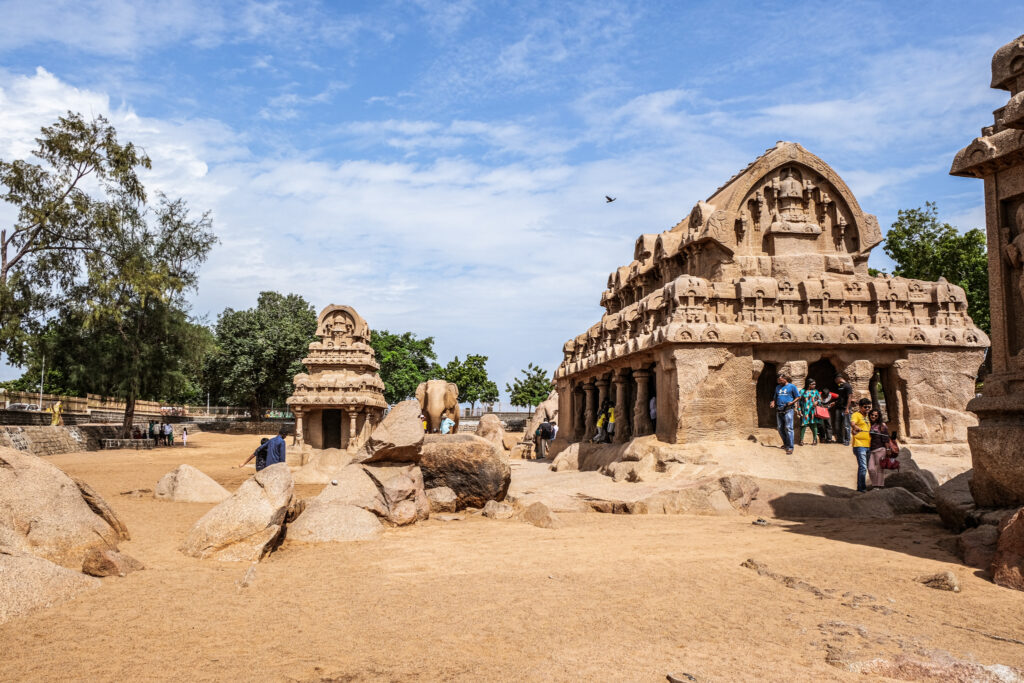
Meditation and yoga
Meditation is a vital part of Jainism, as it helps practitioners to cultivate mindfulness and develop a deeper understanding of themselves. Jain meditation focuses on the inner self and involves concentration on various aspects such as the breath, the mantra, or a visual object. The goal is to reach a state of inner silence and detachment from the outside world. By practicing Jain meditation, you can develop mental clarity, reduce stress, and increase self-awareness.
Finding balance with Jain yoga
In Jainism, yoga is viewed as a means to cultivate physical and mental balance. Jain yoga is based on the principles of nonviolence and moderation, and focuses on gentle postures that strengthen the body and calm the mind. Asana practice is combined with breathwork (pranayama) and visualization techniques to deepen the practice. Jain yoga is ideal for those who are seeking a gentle, non-competitive practice that promotes overall wellbeing.

A new spiritual path?
As a traveller, you may be hesitant to embrace a new spiritual path. The beauty of Jainism lies in its simplicity and inclusivity. Jains are welcoming to all who share their values of nonviolence and respect for life. If you choose to immerse yourself in Jain practices, you can experience the peacefulness and connectedness that come from living in harmony with the world around you. Whether you’re practicing yoga, meditation, or simply observing the way of life, Jainism offers a unique perspective on the world that can be both enlightening and transformative.
Monumental highlights to visit in India
Explore the rich tapestry of India with our comprehensive travel guide! Discover valuable tips, top destinations, and useful links to other India-related articles. Immerse yourself in the Indian culture and Hinduism with our beginner’s guide, which covers customs, etiquette, and key Hindu gods.
Seeking travel inspiration? Consider a visit to the enchanting City of Lakes, Udaipur, or indulge in a shopping spree in Jaipur. Or discover the majestic palaces of Rajasthan. Marvel at the colonial architecture of Kochi in Kerala or explore historical temples, palaces, and ruins in Hampi. Let India’s wonders captivate you!
One of my latest articles is about The most fascinating festivals and celebrations in India. Or read more about sustainable travel India: How to get around in India as an eco-conscious tourist


